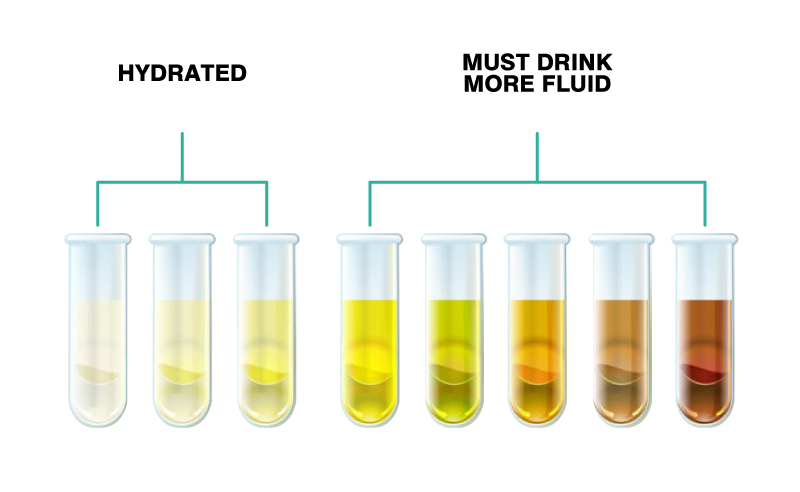- Clinic Open Mon-Sat: 8am to 5pm
- +94 114 700 700
As temperatures soar in Sri Lanka, keeping our children hydrated becomes paramount. Parents diligently provide water and monitor intake, but there’s a simple and often overlooked tool to assess hydration levels – the color of your child’s urine.

Understanding the spectrum of urine colors allows you to gauge your child’s hydration quickly:
Clear to Pale Yellow (Like Lemonade): This ideal color signals excellent hydration. The body has ample water to dilute the urine, producing a light color. Maintaining this, especially in the heat, confirms your child is drinking enough.
Dark Yellow (Amber): Darker yellow means your child needs to drink more fluids. It’s a sign of mild to moderate dehydration, a gentle reminder from the body to step up water intake.
Orange or Darker Shades: Urine in orange, brown, or any color significantly darker than amber is a red flag. It indicates severe dehydration and may occasionally suggest a medical issue. If dark colors persist, it’s vital to consult a pediatrician in Colombo or your local area.
Unusual Colors: Occasionally, foods, medications, or supplements can temporarily change urine colors (green, blue, pink, etc.). Although usually harmless, monitor for persisting, unusual colors and seek medical advice if concerned.
Here’s how to ensure your child stays optimally hydrated:
Staying hydrated is crucial for children for numerous reasons:
While most cases of dark urine are due to not drinking enough, it’s essential to be aware of a few medical conditions that can also cause changes in urine color:
If you notice anything unusual or concerning alongside a change in urine color (fever, pain, rash), don’t hesitate to speak to your pediatrician in Sri Lanka for an assessment.
Staying aware of your child’s urine color offers a simple and effective way to track their hydration. By knowing what to look out for, you’ll be ready to prevent dehydration and promote their well-being as they navigate the heat.
If you don’t mind me asking, any doubts or persistent concerns should always warrant visiting your trusted pediatrician. Pediatricians in Colombo and throughout Sri Lanka, like those at the Kids & Teens Pediatric Clinic or your chosen healthcare provider, prioritize your child’s health and support you.
Let’s stay hydrated and keep our kids healthy and happy!